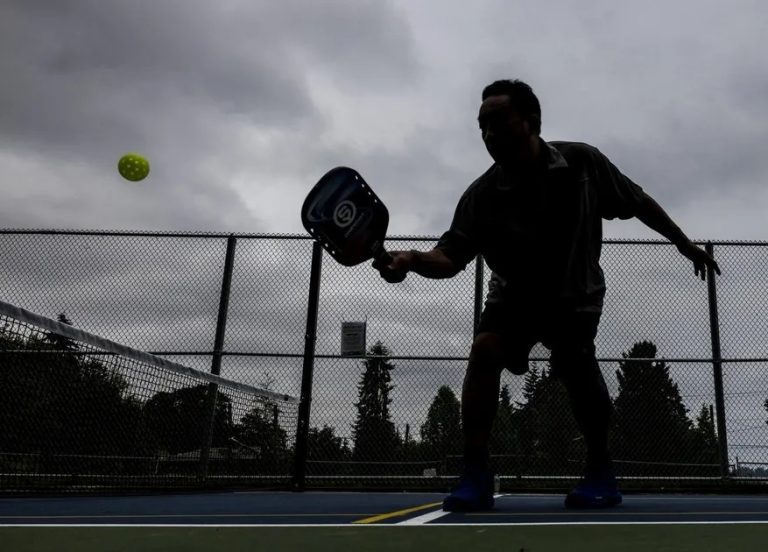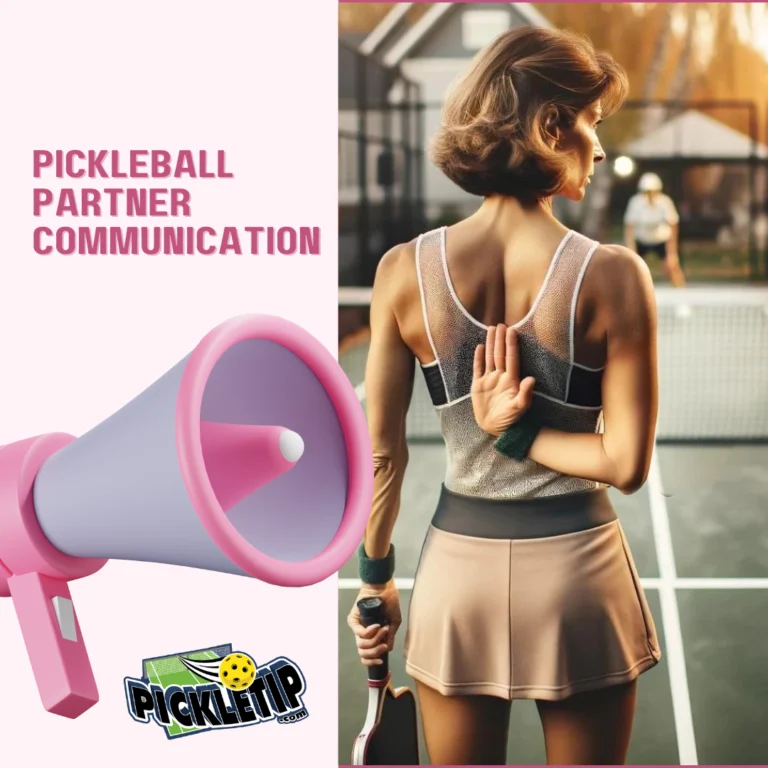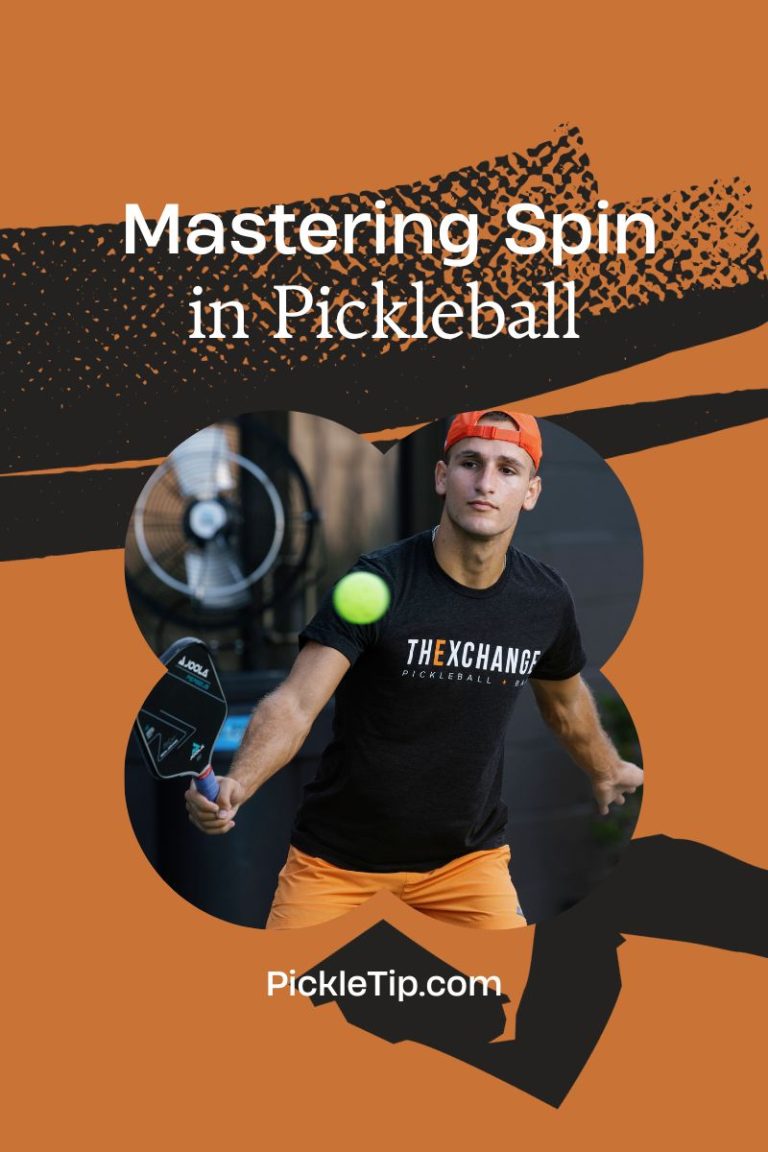Guide to Out Balls in Pickleball
Out Balls in Pickleball: Reading, Predicting, and Winning
Master the skill of distinguishing which balls to hit and which to let go for an improved pickleball game. Don’t hit out ball in pickleball. Mastering the skill of distinguishing between balls to hit and balls to let go is essential for elevating your pickleball game. In pickleball, a common mistake among players of all levels is unnecessarily returning “out” balls—those destined to land outside the court boundaries. This article explores effective strategies for reading the trajectory of the ball, predicting its landing, and making split-second decisions during play. Understanding these elements can significantly enhance your defensive strategy, conserve energy, and increase your chances of outlasting your opponents in this fast-paced sport. By learning when to swing and when to hold back, you’ll not only improve your gameplay but also position yourself as a strategic player who knows how to win by playing smart.
Understanding Player Levels and Prediction Skills
Identify your level — newbie, amateur, or expert — and enhance your prediction skills accordingly.
Newbies: The Predetermination Trap
- New players often hit every ball without assessing its trajectory. This is a common mistake.
- Start improving your game by learning when to wait for the right shot. Patience is key.
- Try drills focusing on recognizing shot types and trajectories. Record your games to review and learn from each play.
Amateurs: Reaction Over Prediction
- Amateurs usually see the ball’s path after contact, reducing time for strategic planning. This can be limiting.
- Learn to anticipate shots earlier, balancing reaction with prediction. This improves your game significantly.
- Incorporate randomized shot patterns from a ball machine in your drills. Seek feedback from coaches to enhance game insights.
Experts: Mastering Pre-Contact Reads
- Experts predict ball outcomes by analyzing pre-contact cues. They use this to strategize effectively.
- Advanced players make quick decisions based on the opponent’s positioning and swing. Practice makes perfect.
- Engage in mental simulations and competitive matches to refine your anticipation skills and adapt quickly to opponents.
Deep Dive into Pre and Post Contact Reads
Understanding both pre and post-contact reads is crucial for making informed decisions on the court.
Before Contact: Analyzing the Setup
- Watch your opponent’s positioning and swing to anticipate their shot. Observing these cues is crucial.
- Focus on the opponent’s grip and shoulder movements to predict the type of shot. Include links to video tutorials for visual learning.
After Contact: Judging the Outcome
- Assess the speed, trajectory, and spin to predict where the ball will land. This skill develops with practice.
- Practice drills that involve reacting to various spins and speeds. Review common errors and how to correct them.
- Engage with interactive quizzes to test your ability to read and react to different playing situations.
Incorporating Psychology into Your Strategy
Recognize the psychological factors at play to gain an edge over your opponents. Recognizing the psychological factors at play can significantly enhance your advantage over your opponents in pickleball. Understanding and manipulating the mental aspect of the game involves more than just mental toughness; it requires awareness of your own mental state as well as that of your opponents. Key psychological strategies include maintaining composure under pressure, reading opponents’ body language to anticipate their next moves, and employing tactics such as varying shot speeds and directions to disrupt their rhythm. Additionally, the effective use of psychological warfare can be as simple as consistently targeting a weaker player in doubles or exploiting the frustration of an opponent who has made several consecutive errors. By integrating these psychological insights into your game plan, you can not only unsettle your opponents but also elevate your performance by staying mentally focused and adaptable.
Top Spin vs. Power: A Psychological Edge
- Players often prefer power over spin, leading to more out balls. Don’t hit Out Balls in Pickleball. Exploit this tendency in your strategy.
- Watch pickleball videos on Youtube. Analyze case studies where players turned matches around by forcing opponents into uncomfortable shots.
The Shake and Bake Dilemma
- Understand your opponents’ emotional states to predict their next moves. Use their highs and lows to your advantage. Paying close attention to your opponents body language can provide you with clues.
- Incorporate emotional intelligence training to better read and react to opponents’ feelings, body language, and tendencies.
Managing Your Emotions
- Guide your decisions with data, not emotion, especially after letting balls go. Stay focused and composed.
- Practice psychological techniques like visualization and positive self-talk to maintain calm under pressure.
- Use strategic pauses during matches to reset mentally and disrupt the opponent’s momentum.
With these strategies, you’ll reduce hitting out balls in pickleball, using geometry, prediction, and psychology to your advantage.







